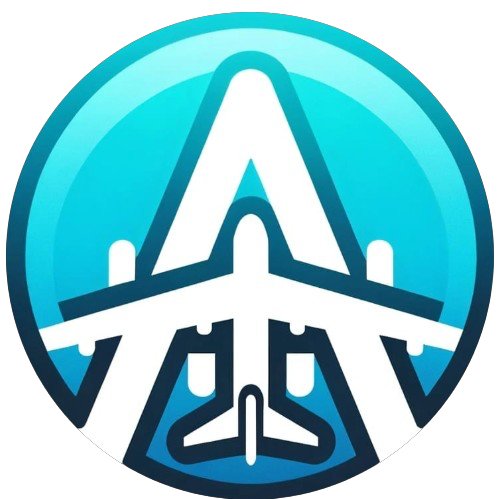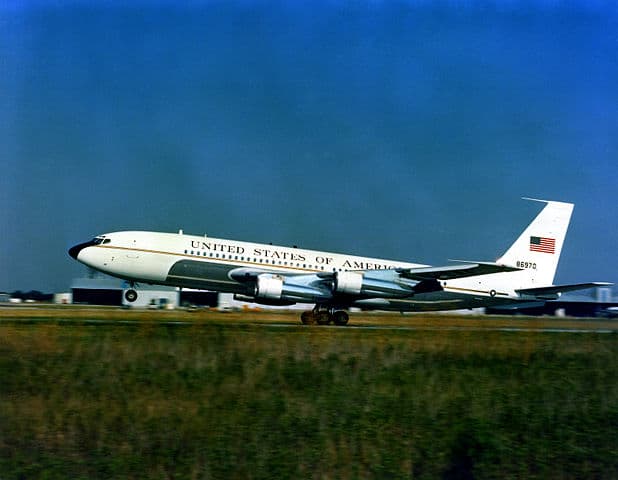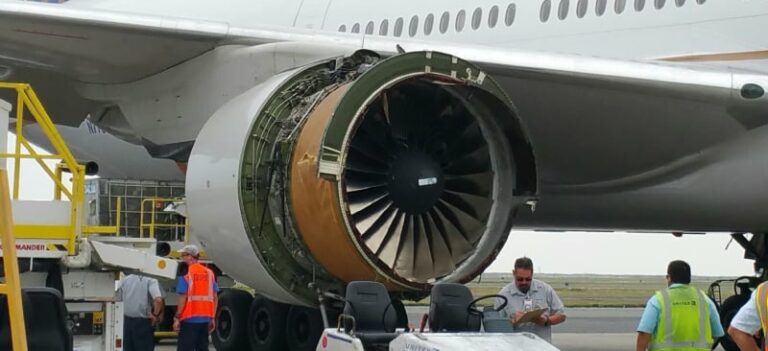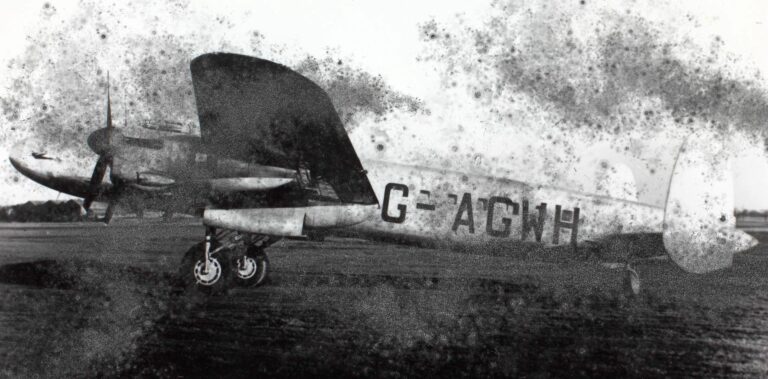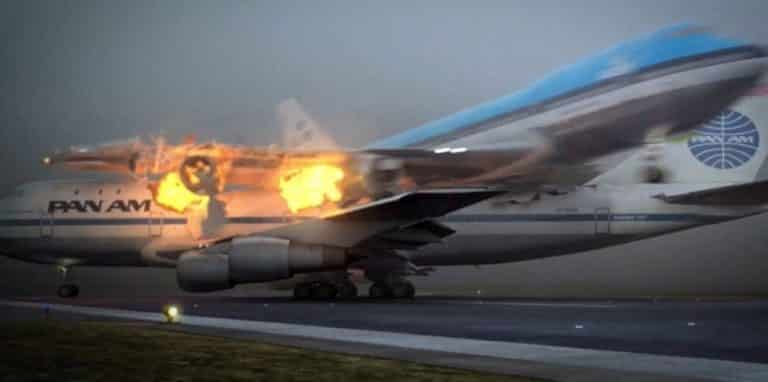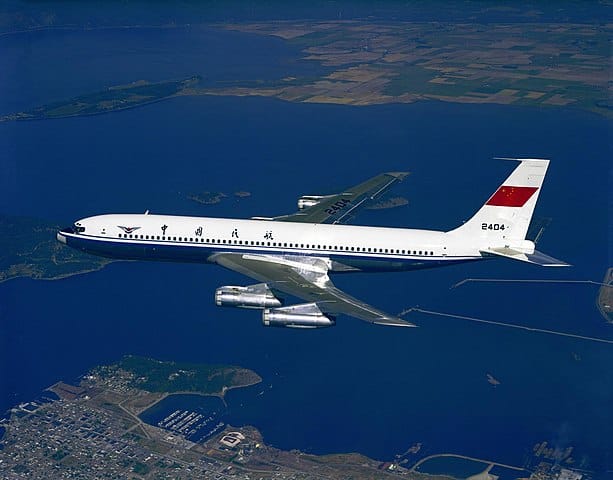Boeing 707
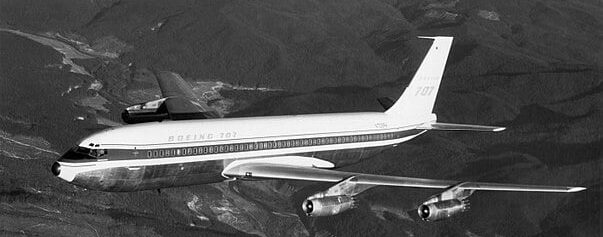
Boeing 707 was the first jet-powered airliner built by the Boeing Company. It was developed from the Boeing 367-80 prototype aircraft, well known as the Dash 80, and had its first flight in December 1957. A year later, the first Boeing 707 aircraft would enter service with Pan American World Airways. This quad jet, narrow-body airliner was the first of Boeing‘s famous -7 series, a series that would put Boeing among the world’s top manufacturers of large airliners in the years that followed.
Today, the Boeing 707 is no longer in commercial service and is found in a few examples used as military aircraft for transport, refueling, and reconnaissance.
Boeing 707 specifications
| First Flight | Dec. 20, 1957 |
| Introduction | Oct. 26, 1958 |
| Aircraft Delivered | 1010 |
| Length | 145 ft 1 in (44.22 m) |
| Fuselage Width | 12 ft 4 in (3.76 m) |
| Wingspan | 130 ft 10 in (39.88 m) |
| Tail Height | 41 ft 8 in (12.70 m) |
| MTOW | 247,000 lb (112 t) |
| Engines | x4 Pratt & Whitney J57 |
| Cruise Speed | 600 mph (966 Km/h) |
| Range | 3,000 miles (4,828 Km) |
| Passenger Capacity | Up to 181 |
Boeing 707 Variants
Boeing 707 was produced for a period of 22 years, between 1956 and 1978, during which time the aircraft type was developed in multiple variants.
Boeing 707-020 (Boeing 720)
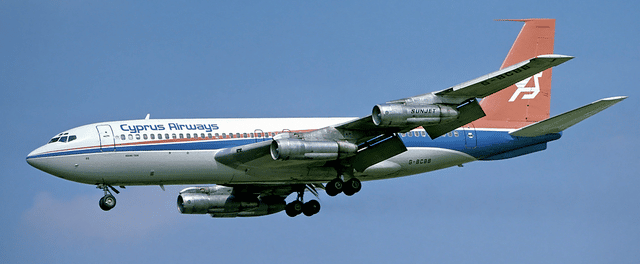
Two years after the first flight of a Boeing 707, the 707-020 variant first flew on 23 November 1959. It entered service a year later, in July 1960 with United Airlines, after which it received the name Boeing 720. This variant of the 707 was purpose-built for short-haul (mainly domestic) flights with an improved ability to take off from short runways.
Compared to the first Boeing 707 built (707-120), this variant had a lower maximum takeoff weight (229,300 lb / 104.0 t), modified wings, and a lighter structure. The fuselage was shortened by 9 feet (2.7m), and the aircraft capacity was 131 passengers for the Boeing 720 or 156 passengers for the 720B. The four Pratt & Whitney J57 engines could take the aircraft 2,800 miles (5,200 km). These engines were replaced on the 720B with the more powerful Pratt & Whitney JT3D engines. By 1967, a total of 154 Boeing 707-020s (Boeing 720s) had been built, and the aircraft was retired from commercial use in 2010.
Boeing 707-120

Boeing 707-120 is the first variant of the 707. It first flew in December 1957, and compared to its prototype, the Boeing 367-80 (Dash 80), it had a higher wingspan and a longer, wider fuselage. A total of 141 Boeing 707-120s and its derivatives were built until 1969.
Boeing 707-220
The Boeing 707-220 variant was built specifically for flying in areas with less dense air, which is caused either by higher temperatures or because of high airport elevation. The aircraft was powered by the more powerful Pratt & Whitney J75 engines and the variant was built in only 5 units, one of which was lost on a test flight. All 4 remaining Boeing 707-220s were delivered to Braniff International Airways and entered service in 1959.
Boeing 707-320

The 707-320 variant of the Boeing 707 is a stretched version of the aircraft that had as an improvement the ability to fly intercontinental. The airliner had a longer wing, which allowed for more fuel, increasing the aircraft’s range by about 1,600 miles (2,600 km). The fuselage was lengthened by 6.5 feet (2 meters) improving the two-class capacity of the airplane. A total of 69 Boeing 707-320s were delivered in 1963, the first being delivered to Pan American World Airways.
Boeing 707-420

The Boeing 707-420 was exactly the same as the 707-320 except for the engines. The Pratt & Whitney engines on the -320 were replaced by Rolls-Royce Conway 508 engines on the -420 variant. Throughout 1963, all 37 Boeing 707-420 units were delivered to five airlines: BOAC, Air-India, Varig, Lufthansa, and El Al Israel Airlines.
Boeing 707-320B
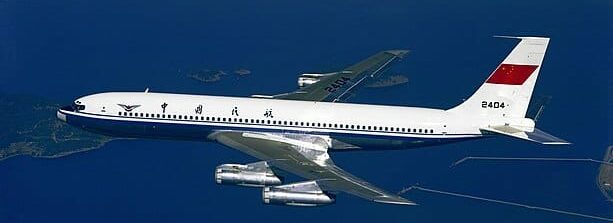
The Boeing 707-320B came with multiple aerodynamic improvements over the -320: a second inboard kink, a dog-toothed leading edge, and low-drag curved wingtips that increased the wingspan by 3 feet (0.9 m). A total of 174 Boeing 707-320Bs were delivered.
Boeing 707-320C
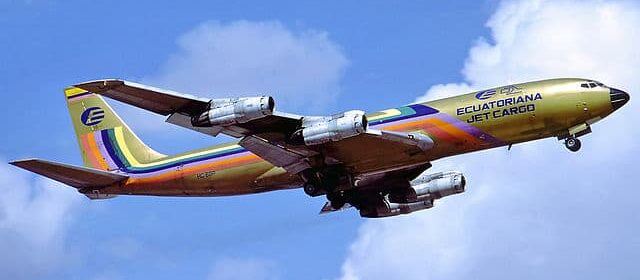
The 707-320C variant is Boeing‘s best-selling aircraft in the 707 series with 337 units delivered. This plane was convertible between passenger and freighter aircraft. Compared to the -320B, this version came with an extra cargo door. However, few units were delivered as freighters, most of them being delivered as passenger aircraft.
Boeing 707-700
The Boeing 707-700 was a test aircraft for Boeing, which experimented the possibility of using CFM International CFM56 engines on a 707 airframe. However, this idea was abandoned in 1979 because Boeing feared that the new 707 variant would be a threat to the Boeing 757 and Boeing 767.
Other versions of the Boeing 707
Boeing C-137 Stratoliner

The Boeing C-137 Stratoliner aircraft is a retired aircraft modified from the Boeing 707 for VIP transport and purchased by the United States Air Force.
C-135 Stratolifter
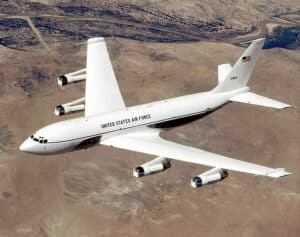
The Boeing C-135 Stratolifter is a military transport aircraft still in service developed from the Boeing 707. It is shorter than the 707 but with a narrower fuselage. The aircraft was introduced in August 1961 and was purchased by the United States Air Force. Originally, the C-135 Stratolifter was given the name Boeing 717 until this name was taken over by the McDonnell Douglas MD-95 following the merger of the companies Boeing and McDonnell Douglas in 1997.
Northrop Grumman E-8 Joint STARS
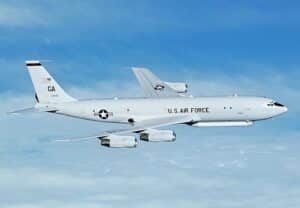
The Northrop Grumman E-8 Joint STARS aircraft is developed from the Boeing 707-300 and a total of 17 units have been built. It is a United States Air Force military aircraft used as an airborne ground surveillance airplane.
Boeing E-3 Sentry

The Boeing E-3 Sentry is a United States military aircraft developed from the Boeing 707. It is an airborne early warning and control system (AEW&C) introduced in March 1977. A total of 68 such aircraft have been built.
VC-137 Air Force One

The VC-137 was an aircraft built to serve as Air Force One, the presidential transport of the United States. It was in service for 28 years, between 1962 and 1990.
KC-135 Stratotanker
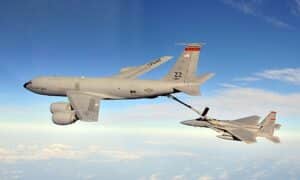
The Boeing KC-135 Stratotanker is an American military aircraft used for aerial refueling. It was developed from the Boeing 367-80 prototype and the Boeing 707. The aircraft is still in service, and a total of 803 such air refueling planes have been built.
Major accidents

Over the 64 years of the Boeing 707’s operation, it has been involved in 174 serious aviation accidents in which 3,039 people have died. The deadliest accident involving a Boeing 707 was the Agadir air disaster in August 1975. All 188 people on board the Boeing 707-320C died when it crashed into a mountain on approach to Agadir Inezgane Airport in Morocco.
